2021 Mazda CX-30 Turbo First Drive - Turbocharged Tweener

Some cars are segment tweeners. The 2021 Mazda CX-30 Turbo is one of those.
The raised hatchback is just barely a crossover, but Mazda lists it as such. Whatever it is, it does stay true to Mazda’s “zoom-zoom” marketing, and turbo power helps with that.
That’s the big news for this year – turbo power, just like on its platform-mate, the Mazda 3. And the CX-30 experience is much like what I experienced with the 3, only with more ground clearance.
(Full disclosure: Mazda sent coffee, a COVID mask, and a travel mug to me with the car. The company also wanted to send me Bose headphones, but I declined.)
That means you get tight, nicely-weighted steering that gives the car a performance feel while allowing for quick, sharp turn-in in corners. It means the turbo-four – 2.5 liters, 227 horsepower and 310 lb-ft of torque (250/320 on premium fuel, which my tester was running) – delivers enough oomph for easy merging and passing, though you won’t be blowing anyone’s doors off.
The six-speed automatic is generally well-behaved, as well, and offers paddle shifters.
Raised ground clearance does lead to a bit of body roll, though it’s not too offensive. I did manage to encounter understeer and some slipperiness during my test loop, despite the all-wheel-drive system that’s standard on turbo models. Nothing unmanageable, but the CX-30 can only be pushed so hard before the tires lose grip. There may have been extenuating circumstances at play – the Chicago area was deep in the grips of the polar vortex at test time and I’m sure that didn’t help the tires grip the pavement.
I did also nearly slide through a stop sign due to ice. Not sure if the safety nannies were taking the morning off or what, although I do suspect I didn’t apply enough brake-pedal pressure to trigger the ABS, as I felt no pedal pulsation. It’s possible that the tires fitted to my test car just weren’t up for spirited driving in freezing weather, nor for simply stopping on an under-salted side street during relatively gentle urban driving.
The tires were 18s (Bridgestone Turanza EL 440s), and the suspension underpinning the front is a MacPherson strut setup, with a torsion-beam axle setup in the rear. Unplanned ice slides notwithstanding, the brakes were quite stout during aggressive driving.
Inside, the cabin is quite pleasant, thanks to materials that mostly look and feel upmarket, and the white seats contrasted neatly with the dashboard’s mostly unrelieved black (trimmed with chrome). Mazda’s infotainment system can be confounding when you’re new to it or haven’t used it in a while, but familiarity breeds ease of use. It does work well with Apple CarPlay, and CarPlay also makes the use of certain menus and functions moot.
Mazda seems to think CX-30 buyers are seeking adventure, but really, most are likely seeking slightly more utility than a Mazda 3 hatch, and perhaps a higher ride height. Cargo capacity is slightly more than a 3 Turbo hatchback, though that was still plenty to haul a whole bunch of groceries. Headroom and legroom were adequate upfront, but this long-legged editor felt cramped when hopping in the rear seat for the photoshoot, with the driver’s seat pushed fairly far back.
Standard features included LED daytime running lights and headlights, sunroof, the already mentioned 18-inch wheels, roof rails, power liftgate, rain-sensing windshield wipers, adaptive front-lighting system, dual-zone climate control, remote keyless entry, 60/40 split-fold rear seat, power driver seat, connected services, push-button start, Bose audio, satellite radio, heated steering wheel, Bluetooth, Apple CarPlay, Android Auto, heated front seats, electronic parking brake, navigation, traffic-sign recognition, leather seats, lane-departure warning, lane-keep assist, radar cruise control with stop and go, rear cross-traffic alert, smart brake support, driver-attention alert, high-beam control, and blind-spot monitoring system.
All that added up to $33,900.
Options included a $160 cargo cover, $125 all-weather floor mats, and the $595 Soul Red Crystal Metallic paint, plus a rear bumper guard ($125). My test unit was a Premium Plus trim, which adds traffic-jam assist, Homelink, driver-side auto-dimming exterior mirror, front and rear parking sensors, 360-degree monitor, rear cross-traffic braking, and rear smart-city brake support.
All told, the vehicle cost $35,995 including the $1,100 destination fee.
That price is a bit dear for a smallish crossover, but at least the CX-30 feels both sporty and upmarket.
Fuel economy, if you’re wondering, is listed at 22 mpg city/30 mpg highway/25 mpg combined.
The overall package works well, although I’d opt for the regular 3 Turbo hatch over a CX-30 unless I really, really needed the extra ground clearance.
For the crossover buyer who likes to zoom, the CX-Turbo will fit the bill – assuming you’re willing to part with the Benjamins.
Correction — an earlier version of this post listed the wrong torque figure with premium fuel. The correct version is 320 lb-ft with premium fuel. We have updated this post to reflect the correct spec. We regret the error.
[Images © 2021 Tim Healey/TTAC]

Tim Healey grew up around the auto-parts business and has always had a love for cars — his parents joke his first word was “‘Vette”. Despite this, he wanted to pursue a career in sports writing but he ended up falling semi-accidentally into the automotive-journalism industry, first at Consumer Guide Automotive and later at Web2Carz.com. He also worked as an industry analyst at Mintel Group and freelanced for About.com, CarFax, Vehix.com, High Gear Media, Torque News, FutureCar.com, Cars.com, among others, and of course Vertical Scope sites such as AutoGuide.com, Off-Road.com, and HybridCars.com. He’s an urbanite and as such, doesn’t need a daily driver, but if he had one, it would be compact, sporty, and have a manual transmission.
More by Tim Healey
Latest Car Reviews
Read moreLatest Product Reviews
Read moreRecent Comments
- Lou_BC Well, I'd be impressed if this was in a ZR2. LOL
- Lou_BC This is my shocked face 😲 Hope formatting doesn't fook this up LOL
- Lou_BC Junior? Would that be a Beta Romeo?
- Lou_BC Gotta fix that formatting problem. What a pile of bullsh!t. Are longer posts costing TTAC money? FOOK
- Lou_BC 1.Honda: 6,334,825 vehicles potentially affected2.Ford: 6,152,6143.Kia America: 3,110,4474.Chrysler: 2,732,3985.General Motors: 2,021,0336.Nissan North America: 1,804,4437.Mercedes-Benz USA: 478,1738.Volkswagen Group of America: 453,7639.BMW of North America: 340,24910.Daimler Trucks North America: 261,959

























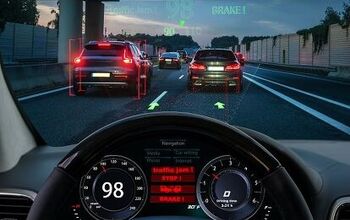

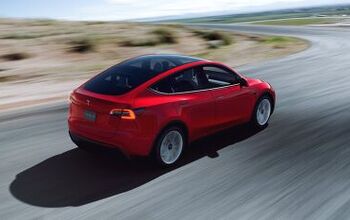

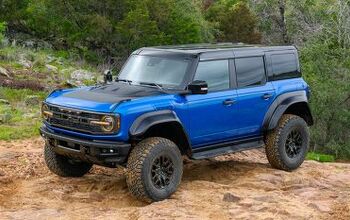

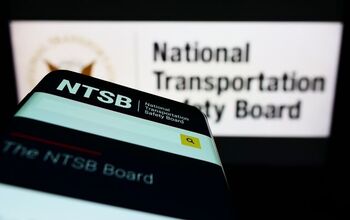
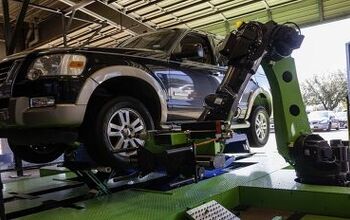

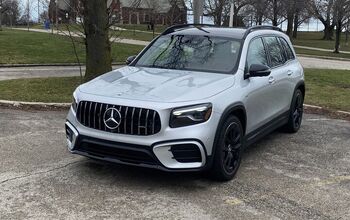

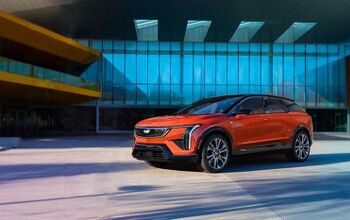
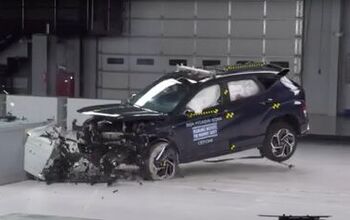


Comments
Join the conversation
Compared to an Audi Q3, this little bucket is barrel chested. Once that turbo engine runs in, and mine took more than 3,000 miles and using only 91 octane on my 6, I'd have to say the engine flings it around with some authority. The CX-30 AWD is a couple hundred pounds lighter. Price in Canada for the GT Turbo is Canuck (78 cent dollar) $38K incl shipping. Mazda seems to dislike Americans with their pricing. As for Bridgestone Turanza tires, there's a business here buying them up to fit on custom electric wheelbarrows. Snow and ice are not on their menu, and there's some speculation they're best suited to Tokyo traffic jams. Fully 20 years behind the times.
Why Mazda competes with BMW/Audi and not with Lexus/Acura/Infiniti or Lincoln/Cadillac (which itself competes with BMW)?